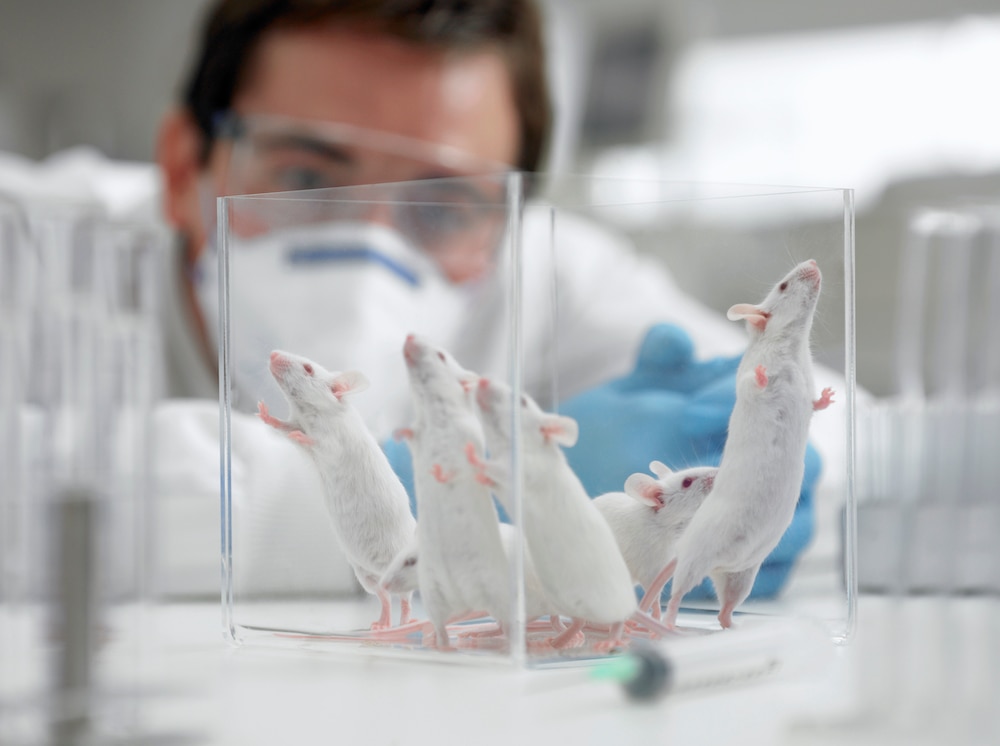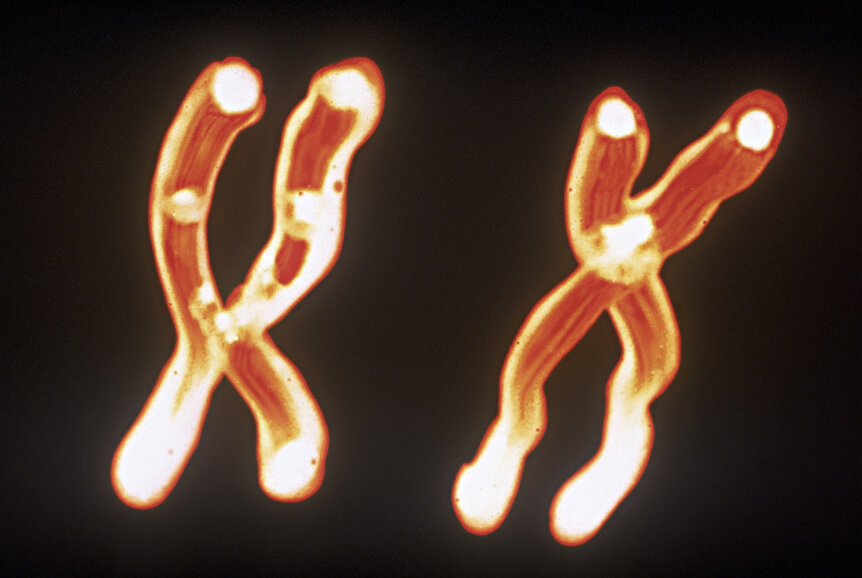Create a free profile to get unlimited access to exclusive videos, sweepstakes, and more!
No boys (or girls) allowed! Scientists gene edit their way to single-sex litters
Scientists use CRISPR to birth animal litters which are 100% male or female

In the first Jurassic Park film, we learn that scientists at InGen modified the dinosaurs so that they’re all born female. It’s meant as a way to prevent them from breeding out of control in the park. It’s a good plan, even if it doesn’t work within the confines of the story.
It’s never totally explained how they were able to modify the dinosaurs so that they only had female offspring, but real-world scientists just came up with an answer. A team from The Francis Crick Institute in London are using CRISPR to birth sex-specific litters of mice, in a process which has potential both for research and agriculture. Their findings were published in the journal Nature Communications.
We’re not in the business of breeding dinosaurs (yet), but every year, millions of animals are bred for research and many more for food production. Worse, depending on the type of research or the type of food, often times only one sex is needed.
Animal agriculture often relies disproportionately on female animals. Chicken farms, for example, have no control over the sex of the chicks born, and because male chicks don’t produce eggs, they are killed shortly after birth, sometimes in gruesome ways. Additionally, each year millions of male calves are killed on dairy farms for similar reasons. Science makes efforts to involve both sexes, but certain avenues of research such as sex-limited ailments like breast and prostate cancers require the use of one sex or the other to carry out experiments.
Research guidelines known as Replacement, Reduction, and Refinement dictate that scientists should make all efforts to use animals respectfully and efficiently. As such, there is a significant need for strategies which would allow the birthing of only animals which will actually be used, thereby reducing the harm caused by unnecessary culling.
The team at Crick developed a two-step process using CRISPR-Cas9 which prevents the development and birth of one sex or another in a litter, and it works with 100% efficiency.
CRISPR works by tagging genes to be clipped or modified and later triggering the modification. Researchers were able to break this process into two parts, beginning in the parents before fertilization, in order to ensure that only the targeted sex is affected.
The first step involves tagging a gene in the paternal male on either the X or Y chromosome. Targeting a gene on the chromosomes of the paternal male means it will only be passed on to the male or female offspring, depending on the chromosome chosen.
The gene they chose is called Topoisomerase 1 (Top1), which is essential for DNA replication and repair. Disruption of this gene is lethal in embryos early in the developmental process. Once scientists tag Top1 in the paternal male, it’s passed on to the desired offspring, but that alone isn’t enough to prevent their development.
The paternal female is also modified using CRISPR, carrying a gene which activates the modification carried by the offspring. That modification is passed on to all of the offspring, but it only has an effect on the intended sex.
We can think of it like the mother passes on a locked door which leads to a cessation in development, but it can only be opened with the right key. That key only exists in the DNA of one sex in the potential litter depending on which chromosome was targeted. Both pieces are needed to complete the process, and the modification from the mother doesn’t negatively impact those offspring who are ultimately born.
The whole process happens incredibly early in embryonic development, during the stage when the embryos are between 4 and 16 cells.
Surprisingly, scientists did not see a 50% decrease in litter size within test groups. Litters were reduced by approximately 30% - 40% because of the unique way in which mice reproduce. Mice participate in a reproductive strategy known as litter size compensation, wherein they produce more eggs and pre-implantation embryos than can be accommodated by the uterus. So, when one of the sexes is reduced, it’s replaced by alternate embryos. This has the unintended consequence of increasing the population of the desired sex while simultaneously eliminating the unnecessary culling of the undesired sex.
Some other animals, like pigs, exhibit a similar reproductive strategy, meaning the benefit may extend outside of the laboratory. All told, adopting this process in laboratories and farms would result in an end to culling undesired offspring, and could reduce the total number of breeding animals needed, because fewer animals can produce the same number of desired offspring.
Of course, controversy exists around whether or not we should be using animals for food and research in the first place, but while we continue to debate that, making moves toward harm reduction is a no-brainer.



























